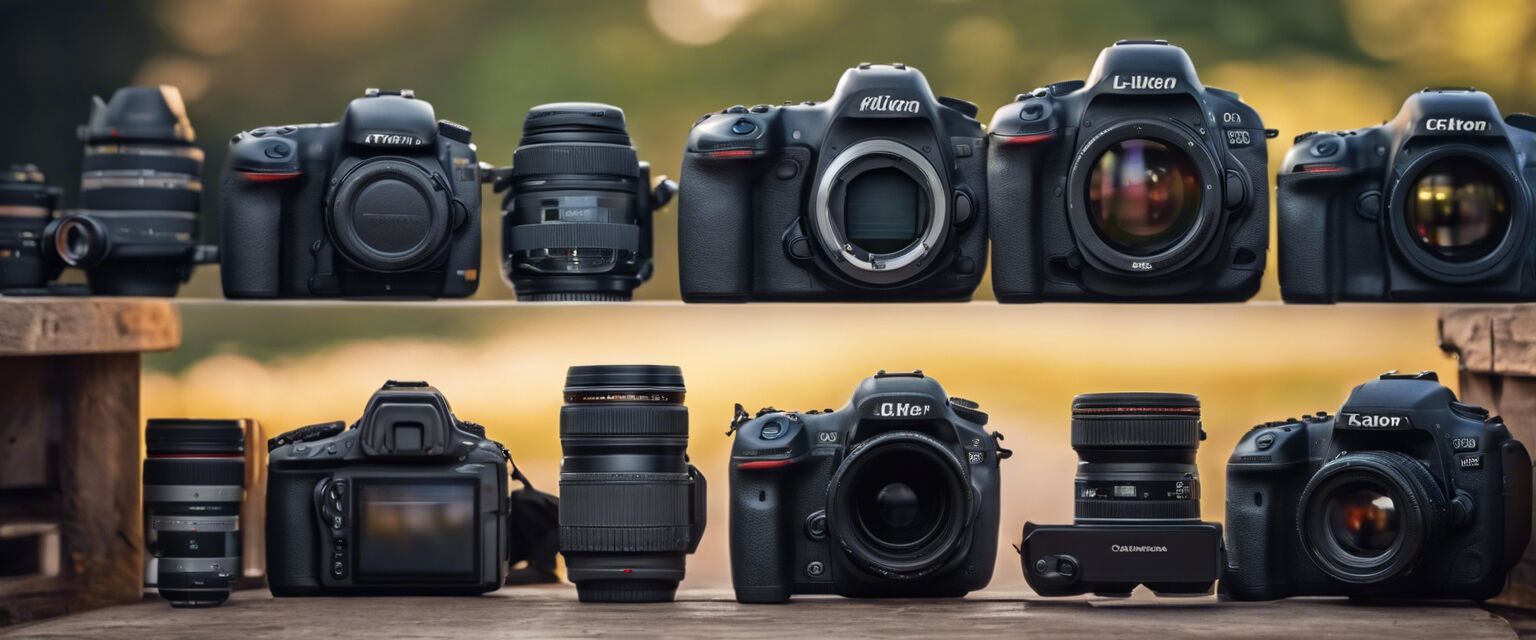
DSLR Photography Tips and Techniques
- Understand camera settings: aperture, shutter speed, and ISO.
- Utilize natural light to enhance your photos.
- Experiment with different lenses for various perspectives.
- Practice composition techniques such as the rule of thirds.
- Regularly maintain your camera and lenses to ensure performance.
Whether you are just starting out or looking to improve your skills, mastering DSLR photography can take your photos to the next level. Here, we’ll cover valuable tips and techniques to help enhance your photography abilities.
Understanding camera settings
To produce stunning images, it’s crucial to have a firm grasp of your camera settings. Let's explore the three major components:
| Setting | Description |
|---|---|
| Aperture | Controls the amount of light entering the lens and affects depth of field. |
| Shutter Speed | Determines how long the camera's shutter remains open, impacting motion blur. |
| ISO | Adjusts the camera's sensitivity to light, allowing for better performance in low-light conditions. |
Aperture, shutter speed, and ISO explained
Understanding how these elements interact is key to achieving desired effects in your photography. For example:
- If you want a blurred background, use a wide aperture (small f-number).
- For capturing fast-moving subjects clearly, increase your shutter speed.
- Need to shoot in dark environments? Raise your ISO but be cautious of image noise.
Utilizing natural light
Natural light can be your best friend. It can create beautiful effects that artificial light sometimes can't replicate. Here are some tips:
- Golden hour (shortly after sunrise or before sunset) provides soft, warm light.
- Overcast days produce even lighting that's perfect for portraits.
- Avoid harsh midday light that can create strong shadows.

Experimenting with different lenses
Your choice of lens can significantly alter the results of your photography. Different lenses can provide unique effects:
- Wide-angle lenses are great for landscapes.
- Telephoto lenses help capture distant subjects.
- Macro lenses allow for extreme close-up shots.
Lens compatibility
Make sure the lens you choose is compatible with your camera body. For more information, check out our Camera Lenses section.
Composition techniques
Good composition can transform a simple photo into a work of art. Here are some techniques you should know:
Pros
- Catching the viewer’s eye with effective framing.
- Creating a sense of depth using leading lines.
- Enhancing storytelling through strategic placement.
Cons
- Overcomplicating images with clutter can detract attention.
- Straying from standard rules can confuse viewers if not executed well.
- Relying on composition can sometimes hinder creativity.
Rule of thirds
This classic rule suggests dividing your frame into a 3x3 grid. Place focal points along these lines for a more balanced image.
Regular maintenance and care
Your camera requires regular care to function optimally:
- Clean your lenses with a microfiber cloth.
- Store your camera in a dry, dust-free environment.
- Consider using a camera care kit for thorough maintenance.

Join a photography workshop
Learning from experienced photographers can provide insights that books cannot. Check out our Photography Workshops to find options near you.
Final thoughts
Improving your DSLR photography skills takes practice and patience. Remember to have fun and experiment with different techniques!







